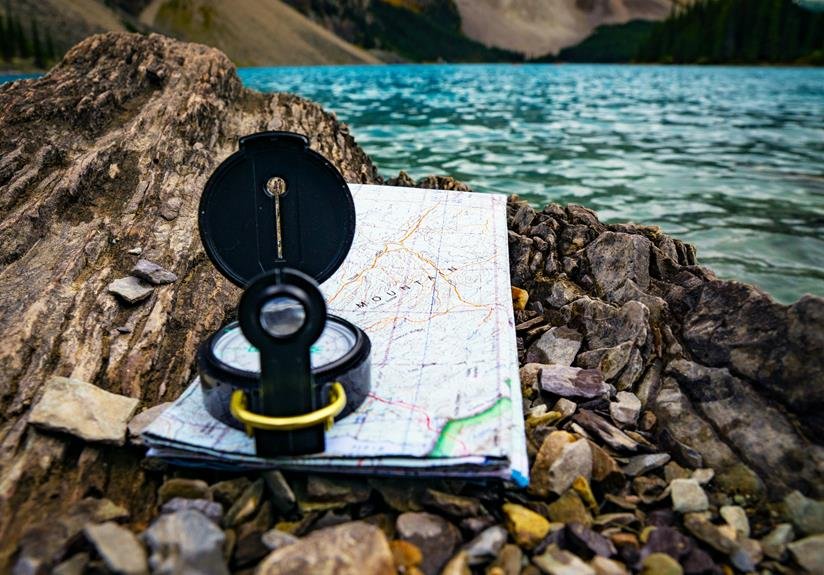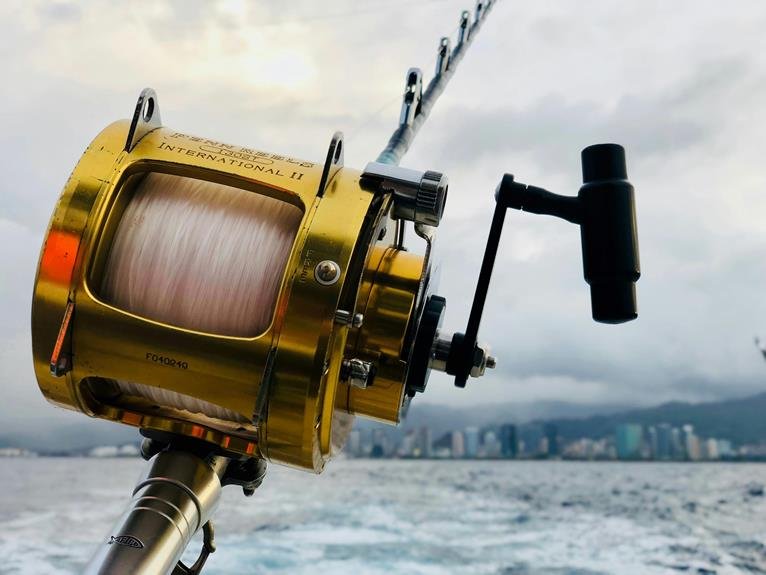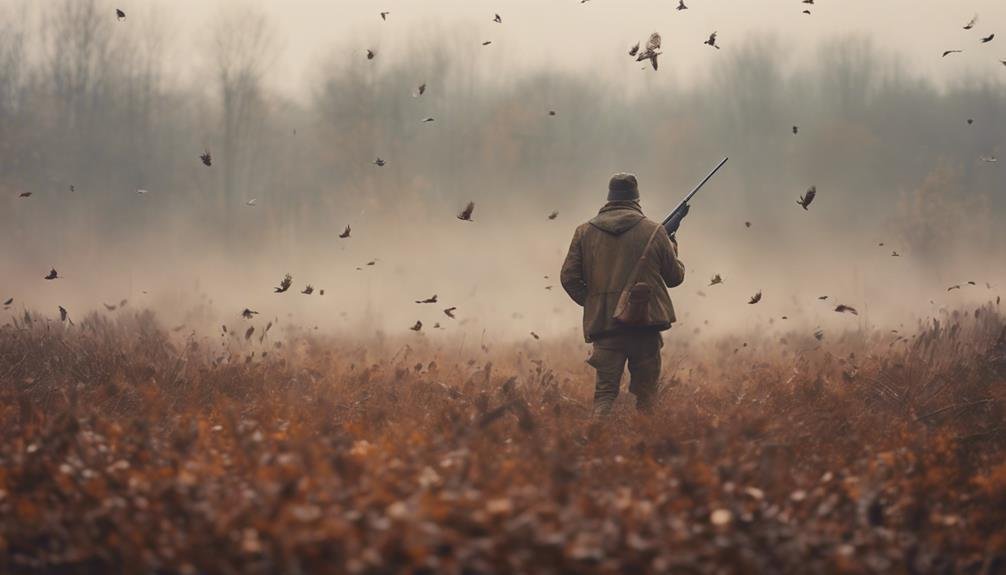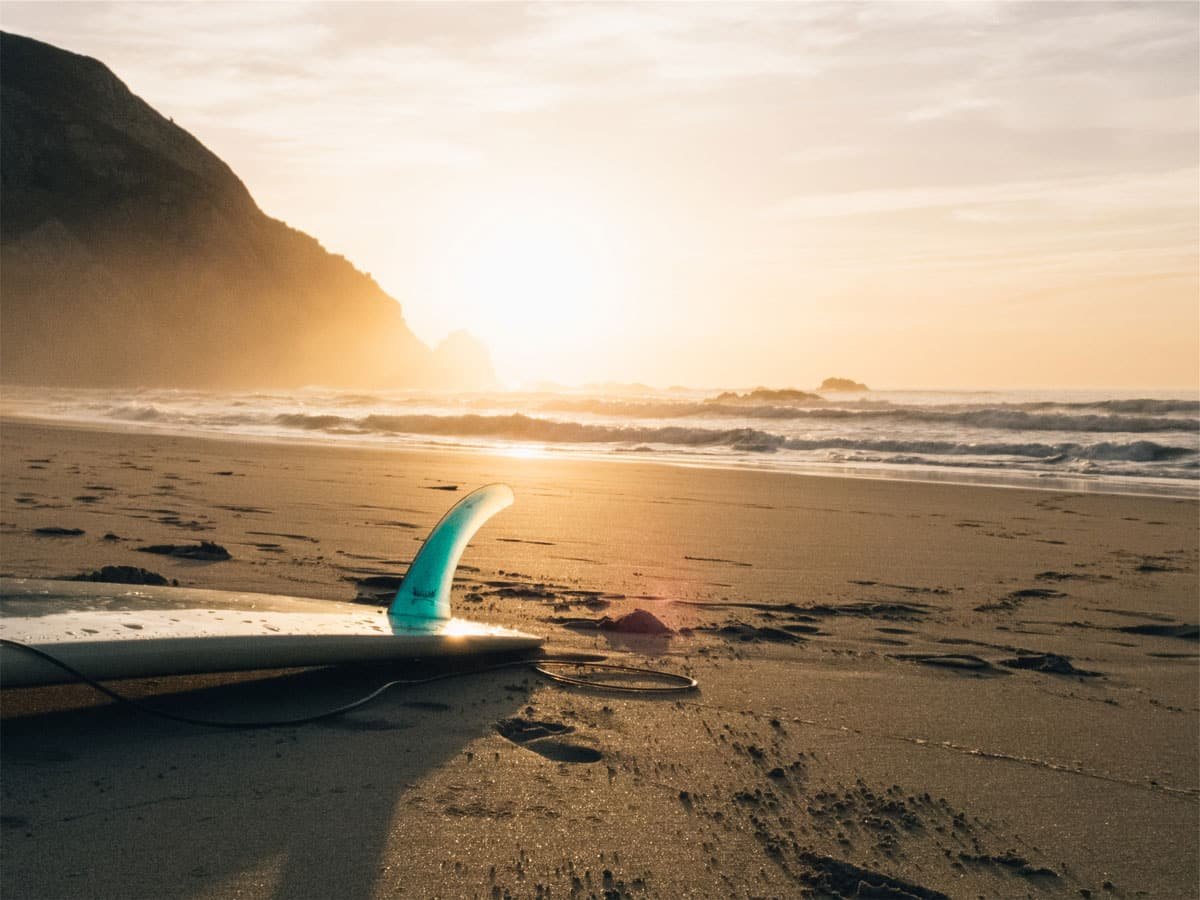Finding fishing spots that yield a bountiful catch requires a multifaceted approach. Researching locations involves gathering information on fishing regulations, seasons, and online resources to identify high-potential areas. Tapping into local knowledge from seasoned anglers and guides provides valuable insights into hidden gems and productive spots. Utilizing technology, such as fishfinders and GPS, and exploring additional resources like fishing apps and online courses can further refine strategies. By identifying patterns and habits of target species, mastering fishing techniques, and planning a successful trip, anglers can increase their chances of a successful catch. As the fishing landscape evolves, there's always more to discover.
Key Takeaways
- Research local fishing regulations, permits, and licenses to ensure compliance and maximize fishing potential.
- Utilize online resources, such as fishing forums and local tourism guides, to gather insights into ideal fishing spots.
- Leverage local knowledge from seasoned anglers, guides, and bait shop owners to uncover hidden gems and productive fishing areas.
- Analyze data points, including fishing seasons, fish behavior, and habitats, to pinpoint areas with high fishing potential.
- Employ advanced technological tools, such as fishfinders and GPS, to provide detailed information on fish behavior and habitats.
Researching Fishing Locations
Conducting thorough research on potential fishing locations is a key step in identifying prime sites for a successful fishing trip. This involves gathering information on Fishing Regulations, including permits, licenses, and catch rates, to comply with local laws. Understanding Fishing Seasons is also essential, as it helps anglers target specific species during their peak activity periods. Online resources, such as fishing forums and local tourism guides, provide valuable insights into ideal fishing spots. By analyzing these data points, anglers can pinpoint areas with high fishing potential, increasing their chances of a successful trip. Thorough research lays the foundation for a well-planned fishing expedition, saving time and effort in the long run.
Tapping Into Local Knowledge
Local insight, garnered from seasoned anglers, fishing guides, and bait shop owners, can provide invaluable information on hidden gems and productive fishing spots that might otherwise remain unknown. Tapping into local knowledge can be a vital step in finding the best fishing spots. Angler networks, comprising local legends and experienced fishermen, can share their expertise on the most productive areas, prime fishing times, and effective techniques. By leveraging this collective knowledge, anglers can increase their chances of landing a prized catch. Additionally, local bait shops and fishing guides often possess intimate knowledge of the local waters, including the behavior and habitats of various fish species. By tapping into this wealth of knowledge, anglers can refine their fishing strategies and improve their overall fishing experience.
Utilizing Technology and Tools
In conjunction with local knowledge, advanced technological tools, such as fishfinders, global positioning systems (GPS), and online resources, can substantially enhance the search for prime fishing spots by providing detailed information on fish behavior, habitats, and underwater structures. Marine Electronics, including fishfinders and GPS, enable anglers to pinpoint ideal fishing locations. Fishing Apps, meanwhile, offer real-time data on weather, tides, and fish migrations. By leveraging these technologies, anglers can identify patterns and habits of fish, increasing their chances of a successful catch. Additionally, advanced technology can provide detailed information on fish behavior and habitats, allowing anglers to refine their strategies and adapt to changing environmental conditions.
Exploring Additional Resources
Beyond leveraging technology and local knowledge, a multitude of additional resources are available to aid in the discovery of prime fishing spots. Fishing apps, for instance, can provide detailed information on water bodies, fish species, and ideal fishing times. Online courses and tutorials can also offer valuable insights into fishing techniques, strategies, and conservation practices. Additionally, online forums and communities can connect anglers, allowing them to share knowledge, ask questions, and learn from one another. Moreover, local fishing organizations and associations can provide information on fishing regulations, conservation efforts, and habitat management. By tapping into these resources, anglers can refine their skills, stay up-to-date on best practices, and increase their chances of landing a prized catch.
Identifying Patterns and Habits
By analyzing the behavior and habitats of targeted species, anglers can identify patterns and habits that inform their fishing strategies and increase the likelihood of a successful catch. Understanding fish behavior, such as feeding patterns, migration routes, and habitat preferences, is essential in identifying potential fishing spots. Fishing cycles, including daily and seasonal patterns, also play a significant role in determining the best times to fish. By recognizing these patterns and habits, anglers can develop effective fishing strategies that capitalize on the natural behavior of their target species. This knowledge enables anglers to locate areas with high concentrations of fish, increasing their chances of a successful catch.
Mastering Fishing Techniques
To successfully land a catch, anglers must master a range of fishing techniques, including casting, knot-tying, and setting hooks, which require a deep understanding of the underlying principles and mechanics. These techniques are essential for presenting lures or bait effectively and increasing the chances of a successful catch.
- Understanding the dynamics of drag and resistance is essential for setting hooks and landing fish.
- Familiarity with various knot-tying techniques is critical for securing lures and bait.
- Practicing good Fishing Etiquette, such as respecting other anglers and the environment, is necessary for a positive and sustainable fishing experience.
Proper Tackle Maintenance is also indispensable, as it maintains that equipment is in good working condition, reducing the risk of gear failure and lost catches. By mastering these techniques, anglers can increase their chances of success and enjoy a more rewarding fishing experience.
Planning a Successful Trip
Carefully crafting a fishing trip itinerary involves synthesizing research, local knowledge, and technological insights to maximize the likelihood of a successful and enjoyable fishing experience. A detailed Fishing Calendar can help identify prime fishing times, while a Trip Checklist guarantees that essential gear and equipment are not overlooked. By integrating these tools, anglers can strategically plan their trip, taking into account factors such as weather, tides, and fish behavior. A well-structured itinerary enables fishermen to allocate time efficiently, minimize downtime, and capitalize on prime fishing opportunities. By meticulously planning a trip, anglers can increase their chances of a bountiful catch and a memorable fishing experience.
Staying Ahead of the Game
Optimizing fishing strategies through continuous learning and adaptation is essential for staying ahead of the game in the ever-changing fishing landscape. Staying current with fishing trends and networking with fellow anglers can provide valuable insights and improve fishing skills.
- Staying informed about changes in fishing regulations, species migration patterns, and habitat alterations enables anglers to adjust their strategies accordingly.
- Participating in online forums and social media groups facilitates knowledge sharing and learning from others' experiences.
- Analyzing fishing data and patterns helps identify emerging trends, allowing anglers to adapt and refine their approaches.
Frequently Asked Questions
What Is the Best Way to Handle a Caught Fish to Avoid Injury?
When handling caught fish, prioritize fish welfare by using gentle, wet-gloved hands to minimize scales loss and slime removal, and consider using a soft-mesh net to reduce injury, ensuring a safe and humane catch-and-release practice.
How Do I Store My Fishing Gear to Prolong Its Lifespan?
To prolong the lifespan of fishing gear, implement proper storage techniques, such as cleaning and drying equipment, storing rods in protective cases, and organizing tackle in airtight containers, ensuring gear maintenance and peak performance.
Can I Fish at Night, and if So, What Are the Best Practices?
Nighttime fishing can be productive, particularly during specific moon phases, as fish tend to be more active in low-light conditions. Utilize nightlights to minimize disturbance, and employ techniques like slow presentations and subtle lure movements to increase catch rates.
What Are Some Common Mistakes Beginner Anglers Make When Finding Fishing Spots?
Beginner anglers often commit common mistakes, including Map Misuse, misinterpreting contour lines, and Spot Selection errors, such as ignoring structural features, neglecting water clarity, and failing to account for seasonal fish migrations, leading to unsuccessful fishing trips.
How Do I Properly Release a Fish Back Into the Water?
Coincidentally, releasing fish correctly is vital for their survival; to facilitate Fish Revival, employ Water Acclimation techniques, gently supporting the fish in the water, allowing it to regain equilibrium before releasing it quickly and humanely.
Conclusion
The culmination of meticulous research, local insight, and technological savvy yields a profound understanding of prime fishing locales. As the angler's gaze sweeps the horizon, the confluence of knowledge and preparation converges, birthing an unyielding pursuit of the prized catch. The harmonious marriage of art and science unfolds, as the adept angler navigates the aquatic territory, poised to strike at the most opportune moment, where strategy and skill converge in a triumphant celebration of the perfect catch.









